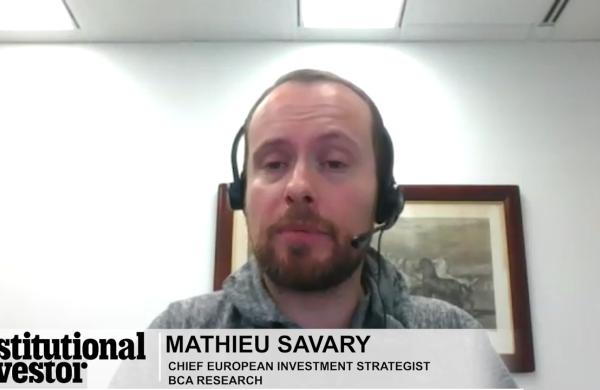The Nasdaq Stock Market will launch a crossing network--a matching platform--this quarter that could elbow out competition because of its lower pricing and greater liquidity. It is adding several mid-day crosses to its popular opening and closing cross, and plans to charge a fraction of what rival crossing networks such as Liquidnet and Pipeline charge for execution. Nasdaq has a good chance of generating new business with the price and liquidity advantages, analysts said. Pipeline and Liquidnet officials declined to comment.
"They can undercut the market with low pricing because costs of building the network were incremental," said Harrell Smith, analyst with Celent. Traders said Nasdaq is likely to make access to the crossing network free for the first six months, and would charge about a tenth of a cent per share or less for execution thereafter. Crossing networks such as Pipeline and Liquidnet charge about 2 cents a share for execution. "Pricing does make a difference when you are executing huge blocks," said Randy Grossman, analyst with Financial Insights. A spokeswoman declined to comment on pricing, saying plans have not been finalized. "The exchanges can subsidize making their network free with fees from other transactions; we, on the other hand, need to charge to survive," grumbled one crossing network chief.
Moreover, the all-electronic exchange already attracts a lot of liquidity, which is integral to institutions seeking to execute large blocks of stock. Last month, Nasdaq executed nearly 400 million shares, worth $8 billion, in a single opening cross alone, and the closing cross executes tens to hundreds of millions of shares. That number would increase substantially once Nasdaq adds additional mid-day crosses. By contrast, Liquidnet, the largest crossing network, offers about 1.5 billion shares of available liquidity daily, but its execution rates are only around 6-7%, which is about 90 million shares daily. "It really comes down to who can provide the most liquidity. People are already comfortable with Liquidnet and Pipeline, but it's taken time for them to be successful," said Alex Ramistella, capital markets analyst with TowerGroup.
So far, many traders, buy- and sell-side alike, are saying they are considering at least a test drive of the network once it launches. Nasdaq's crossing network works like ITG's POSIT, crossing huge blocks of shares during scheduled one-minute intervals at several points throughout the day. While many crossing networks are built on continuous pricing negotiation between their participants, some traders say that negotiation is often not the best feature. It can take days for clients to agree on a specific price, so settling on a midpoint price, which Nasdaq proposes, is often the best solution to execute the order fast and minimize market impact. "Nasdaq's coming is telling the marketplace that the current offerings are not working," said George Rodriguez, managing director at Algorithm Trading Solutions, adding that his firm will consider using Nasdaq's framework.




